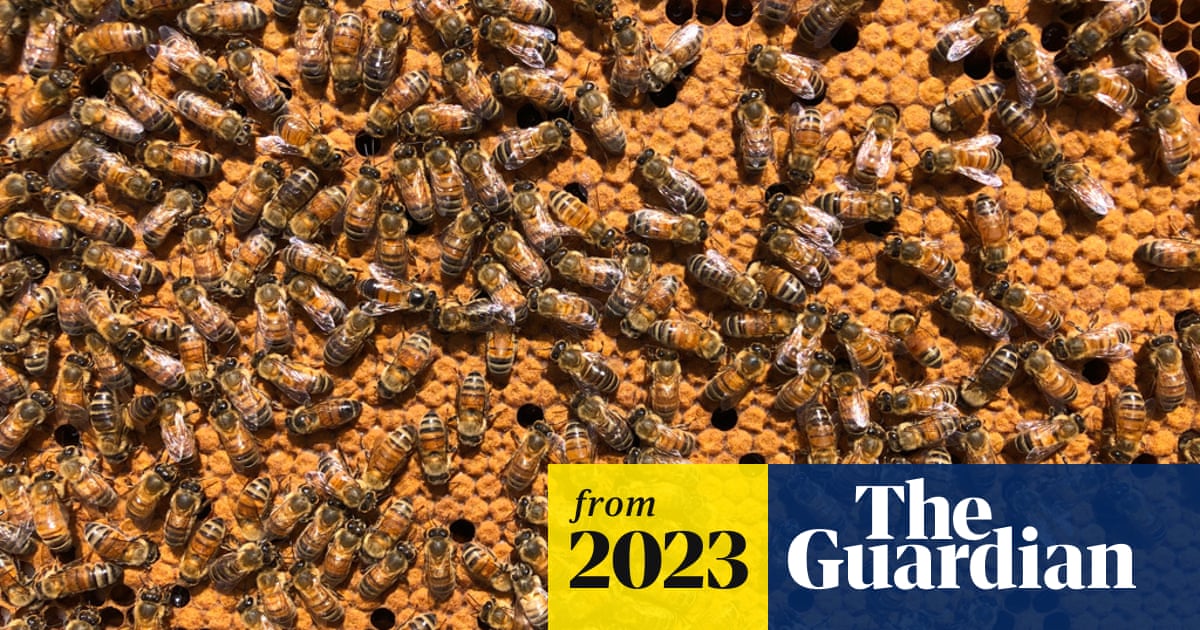cross-posted from: https://aussie.zone/post/2213195
I remember how big this was for a while - only for this bit of news to be buried with a short article. Surely the scale of infestation (resulting in the change in approach) is going to have significant impacts to pollinator-dependent agriculture?
I’m in Scotland and varroa is present in most areas, apart from some of the islands. We use a variety of chemicals to control numbers, usually in the winter - in my apiary it’s vaporisation with oxalic acid. There other methods too, like drone sacrifice (use foundation with drone-size cells marked on it in one frame, and feed the resulting drone brood to the chickens), or dust the bees with icing sugar, so the mites fall off when the bees clean themselves. A Polish guy told me they put rhubarb leaves in their hives in summer.
If you can keep mite numbers low, the health of the hive isn’t too badly impacted. We had one hive of six get a heavier load for whatever reason, and we saw a few bees with deformed wings. The workers were also dragging out unhatched pupae that had deformed wings. We put in some Apiguard (miticide) strips. The other five hives were ok.
It was a truly valiant effort by Australia to try and eradicate varroa, but failing isn’t the end of the world. What’s needed is lots of information for beekeepers about the importance of treating hives to control the mites and thus the viruses they carry. I would say the impact on agriculture here has been minimal. It’s an extra cost and hassle for beekeepers and that’s about it.
Here we’re more worried about American foulbrood - there’s no approved treatment in the UK, so it really is disastrous. You have to stand back while your bees are euthanised and the hives burnt.
Greetings from Sweden! We’re on the same page! Looks like we have the same view (keep the numbers low) and roughly the same method of doing so.
Most put in a drone frame (regular frame divided in three parts) in spring and cut out the wax from one section every week. Usually until midsommarafton.
Then in june/july you take 1dl bees in a jar, where you already had put in two spoons of icing sugar. Shake well and wait for 5 min. Then take the iced sugar out on a white plastic cutting board, and add a bit of water to solve the sugar. No you can see the mites as small orange pricks. On top of my head: less than 6 and you’re okay, execute a treatment otherwise. And yeah … return the unlucky girls back in the hive.
Then somewhere oct/nov -when they all sit tight together- drop oxalsyra on them.
For what I know, it’s a very effective routine.
(edit: typo’s)




